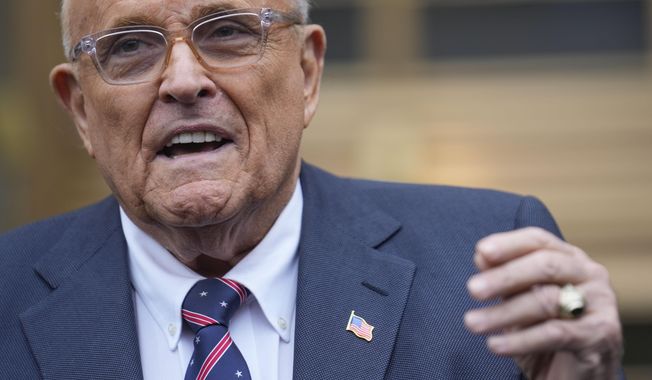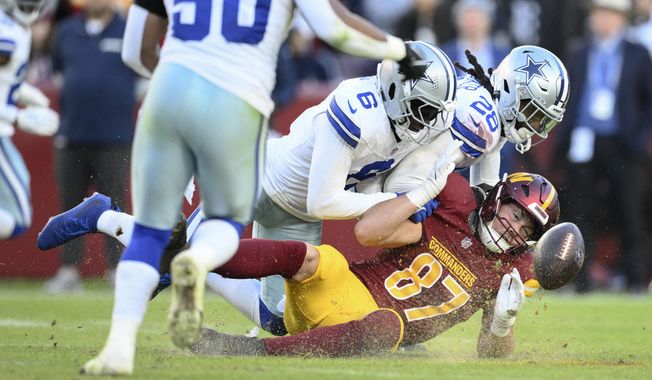
ADVANCE FOR MONDAY, SEPT. 8 AND THEREAFTER - FILE - This July 25, 2012 file photo shows palm trees framing the Anaheim City Hall in Anaheim, Calif. Police maintained a heavy presence on the streets of Anaheim to guard against further violent protests in the wake of the fatal shooting of an unarmed man by officers. The mother of Manuel Diaz condemned the unrest that has roiled the city, saying she did not want them to become her son's legacy. The killing of an unarmed black man by an officer in a nearly all-white police department in suburban St. Louis refocused the country on the racial balance between police forces and the communities they protect. But an analysis by The Associated Press found that the racial gap between black police and the communities where they work has narrowed over the last generation, particularly in departments that were once the least diverse. A much larger disparity now divides the low number of Hispanic officers in police departments. In Waco, Texas, for example, the community is more than 30 percent Hispanic, but the police department of 231 fulltime sworn officers has only 27 Hispanics. (AP Photo/Damian Dovarganes, File)
Featured Photo Galleries





Trump Transition: Here are the people Trump has picked for key positions so far
President-elect Donald Trump has announced a flurry of picks for his incoming administration. Get full coverage of the Trump transition from The Washingon Times.

Trump dances onstage, takes post-election nation by storm
President-elect Trump dances onstage








